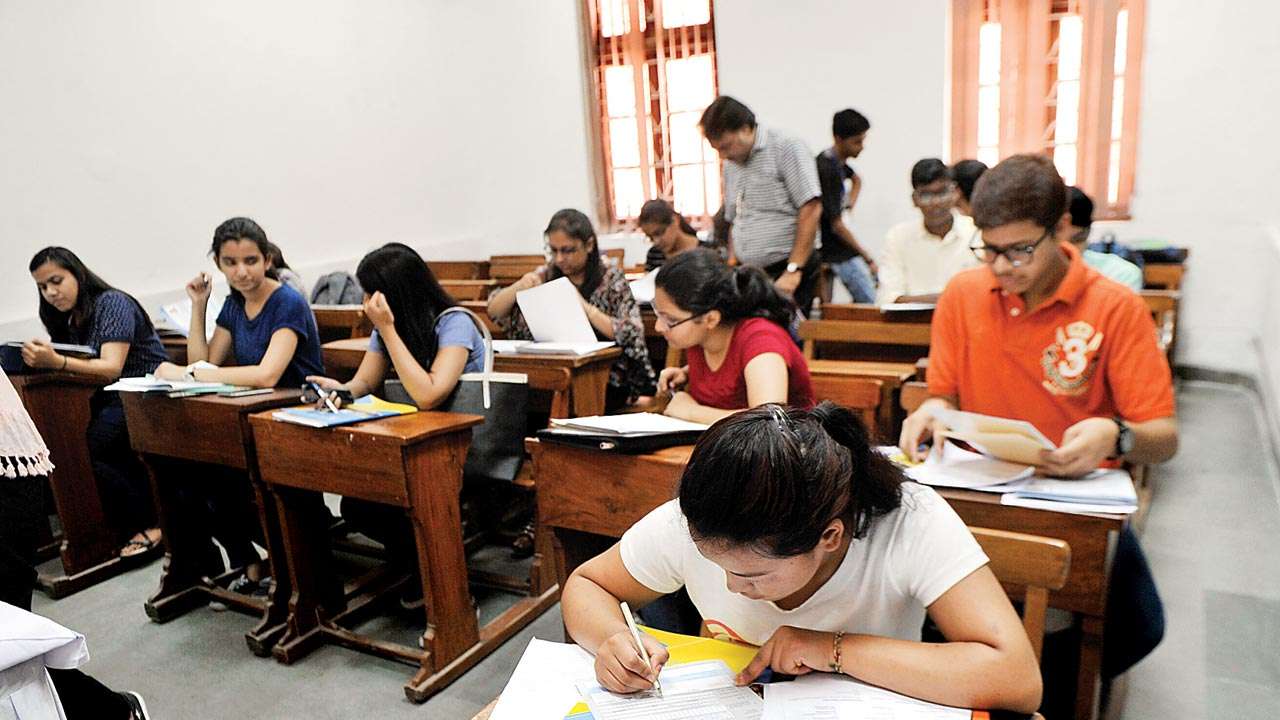
Modern higher education in India had its genesis in colleges as they predated universities at least by half a century. They also outnumbered universities since their inception, but post-Independence they have grown rather too rapidly to become dominant players in the higher education. As per MHRD’s All India Survey of Higher Education (AISHE) data, while the number of universities in the country increased from 27 in 1950 to 903 in 2017-18, recording a growth of 32 times, the number of colleges during the corresponding period soared 67 times from 578 to 39,050. Critically, over 78 per cent of the total number of teachers in higher education are employed in the collegiate sector.
Ubiquitously, improving the overall quality of higher education shall remain a distant dream unless the initiatives and measures in this regard pay focussed attention on colleges. The fact that over 60 per cent of the colleges in the country are located in rural areas, catering mostly to the deprived and marginalised sections of the society, makes it imperative for policy planners to focus their attention on colleges. Since an overwhelming number of the colleges are affiliated to public-funded state universities, the onus of reforms for improving quality and promoting excellence in colleges fall in the domain of the state governments. However, the Union government, which is constitutionally charged with the responsibility of coordination and maintenance of standards in higher education, has to play a critical role through policy intervention and regulation.
Fortunately for the policy planners and regulators, the MHRD’s AISHE has been providing data on the number, size and growth of colleges consistently since 2006-07 and the same are also timely released. So, the summary data for 2017-18 is already available in public domain. A quick diagnostic run of the available data as obtained for the years 2007-08 to 2017-18 throws up major deficiencies in the collegiate system of higher education in the country, crying for structural reforms in the sector.
The problem of large numbers of colleges affiliated to a single university seems to have been gradually addressed; 161 of the 285 universities affiliating colleges now have less than 100 colleges affiliated to them and the same has been achieved by establishing new universities and also by bifurcating or trifurcating existing universities. There are now only 15 universities that have more than 500 colleges affiliated to them and it seems that most states are now proactively working to lessen their affiliating burden.
Quite a few major problems, however, still continue to persist, thus calling for urgent action. The first is the problem of single-discipline colleges which constitute over a third of the total number of colleges in the country. For these colleges, curricular reforms like Choice-Based Credit System (CBCS), which is being prescribed by the University Grants Commission (UGC) as a necessary measure to improve quality in higher education is a near impossibility.
Secondly, the collegiate system of higher education in the country is characterised by a very large number of small-sized institutions. Data reveals that nearly a fifth of the colleges have less than a hundred students on their roll and only less than 4 per cent of them have over 3,000 students. Small-sized colleges suffer from the same deficiencies as those pointed out in case of single-discipline colleges. Additionally, they also lack adequate and suitable infrastructure and suffer from the lack of academic viability and economies of scale.
Thirdly, the student-teacher ratio in the colleges at over 30 is way too high. Technological advancements in teaching-learning notwithstanding, teachers play a critical role in imparting quality higher education. It is also proven that institutions catering to largely first-generation learners drawn from the poorer and marginalised sections of society need to invest more in teachers and teaching-learning resources as these students require far more focussed attention to overcome what their families are unable to provide for.
Finally, the number of colleges in the country have been rising too rapidly. The expansion is largely driven by private initiatives and the number of government and government-aided colleges have been declining in proportion. Even though there have been some consolidation lately, leading to closure and winding up of colleges, we are still seeing on an average 3 to 4 colleges being established every day. Such a growth is neither desirable nor viable academically and economically. While new colleges are still needed to mitigate regional disparities and widen equitable access, the time has come to focus on qualitative expansion and consolidation.
The writer is the Secretary General, Association of Indian Universities. Views are personal.